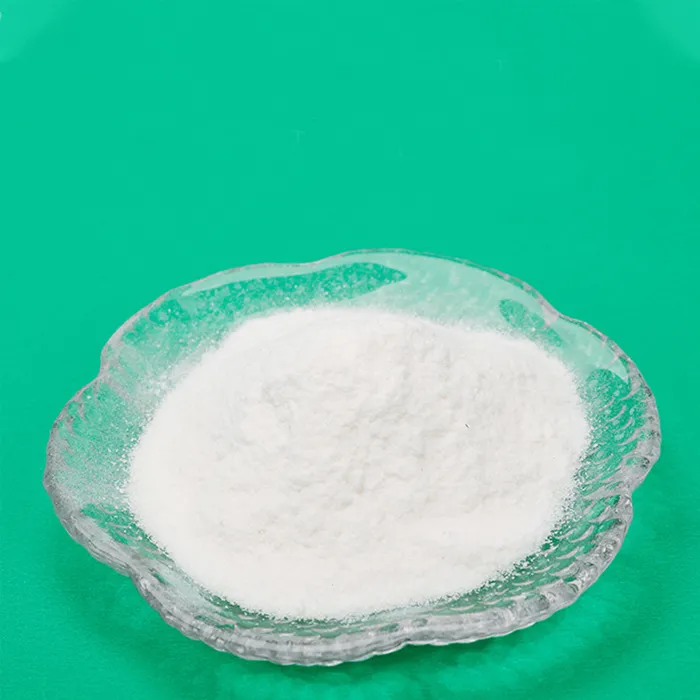City Water Treatment Chemicals Ensuring Safe Drinking Water
Access to clean and safe drinking water is a fundamental right and a critical component of public health. City water treatment facilities play a pivotal role in ensuring that the water we consume meets safety standards. To achieve this, a variety of chemicals are utilized in the water treatment process, each serving a specific purpose to remove contaminants and enhance water quality.
The water treatment process typically begins with the collection of raw water from sources such as rivers, lakes, or underground aquifers. Once the water is gathered, it undergoes several treatment stages, during which different chemicals are introduced.
Coagulation and Flocculation
The first step in water treatment is coagulation. In this process, chemicals known as coagulants are added to the raw water to destabilize and clump together the tiny particles suspended in the water. Common coagulants include aluminum sulfate (alum) and ferric chloride. These substances cause the suspended particles to aggregate into larger clumps, known as flocs, which can then be easily removed from the water.
After coagulation, the water goes through flocculation, where gentle mixing encourages the formation of even larger flocs. This stage is crucial as it enhances the efficiency of the subsequent sedimentation process.
Sedimentation
Following flocculation, the water moves to sedimentation tanks, where gravity pulls the larger flocs downward, separating them from the clear water above. This step significantly reduces the turbidity of the water, making it cleaner and easier to treat further.
Filtration
city water treatment chemicals

Although sedimentation removes a large portion of impurities, some particles may still remain in the water. To address this, the treated water is filtered through layers of sand, gravel, and activated carbon. This process not only captures remaining suspended solids but also helps eliminate taste and odor-causing compounds. Chemicals such as powdered activated carbon may be added during this stage to enhance the removal of organic compounds and improve overall water quality.
Disinfection
One of the most critical steps in water treatment is disinfection, which aims to eliminate pathogens that could cause waterborne diseases. Chlorine is one of the most commonly used disinfectants, effectively killing bacteria and viruses. However, its use must be carefully monitored, as it can react with organic materials in the water, producing harmful byproducts such as trihalomethanes (THMs).
To mitigate this risk, some water treatment facilities use alternative disinfection methods. Ozone and ultraviolet (UV) light are becoming increasingly popular, as they do not leave behind harmful residues and are effective at destroying pathogens. Regardless of the method employed, ensuring the water is microbiologically safe is paramount for public health.
pH Adjustment and Corrosion Control
After disinfection, the water may require pH adjustments to meet regulatory standards. Lime or sodium hydroxide is often used to raise the pH, while sulfuric acid can be applied to lower it. Maintaining a balanced pH is essential, as it helps prevent corrosion of pipes and infrastructure, which could lead to additional contamination of the water supply.
Conclusion
The use of chemicals in city water treatment is a well-coordinated process designed to safeguard public health by providing safe drinking water. Each chemical has a specific role, from coagulation to disinfection, ensuring that the final product is free from harmful contaminants. As cities continue to grow and the demand for clean water increases, advancements in water treatment technologies and practices will undoubtedly evolve, further enhancing the effectiveness and safety of drinking water supplies. Ensuring access to safe drinking water is not only vital for individual health but also for the well-being of communities as a whole.

